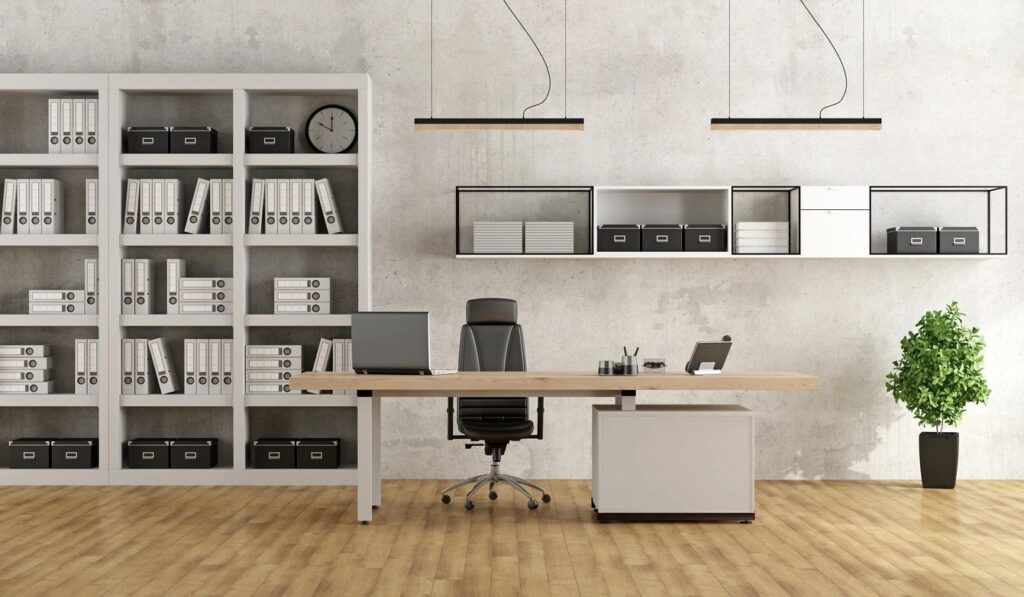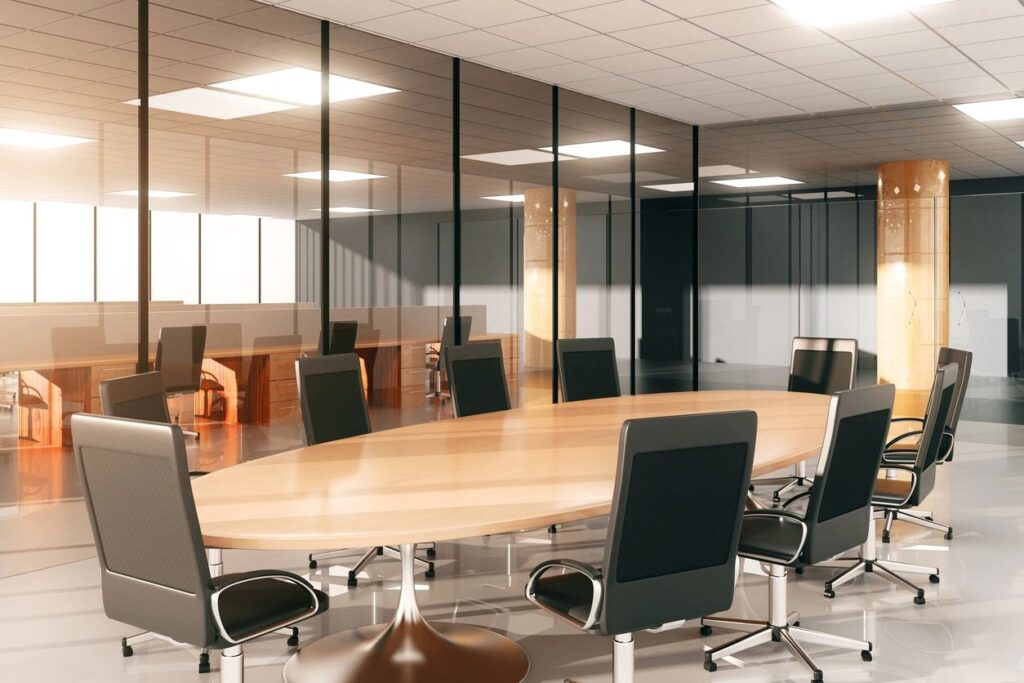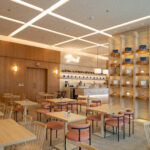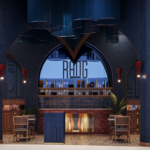Introduction
When it comes to commercial interior fitout, there’s a lot at stake. From creating an appealing workspace for your employees to impressing clients who visit your office, the interior design plays a pivotal role. However, there are common mistakes that businesses often make during this process. In this article, we will delve into the top 5 mistakes to avoid in commercial interior fitout. By the end of this article, you’ll be equipped with the knowledge needed to ensure your fitout project goes off without a hitch.
Planning for Success
Lack of Clear Objectives : One of the biggest mistakes you can make in a commercial interior fitout is embarking on the project without clear objectives. Before anything else, sit down with your team and outline your goals. Are you aiming to improve productivity, create a more welcoming environment, or maximize space utilization? Without a clear direction, your project may veer off course, leading to dissatisfaction and wasted resources.
Skipping Budgeting : Budgeting is a critical aspect of any fitout project. Going over budget can lead to financial strain and potentially derail your entire operation. Make sure to allocate funds for unforeseen expenses and prioritize essential elements. A well-planned budget will keep your project on track and stress-free.

Designing with Precision
Ignoring Ergonomics : Ignoring ergonomics in commercial interior design can be a critical mistake with significant repercussions. Neglecting the principles of ergonomics, which focus on the relationship between people and their environment, can lead to an uncomfortable and inefficient workspace. The layout of furniture, the height of workstations, and even lighting choices directly impact the well-being and productivity of occupants. Without proper attention to ergonomics, employees may experience discomfort, fatigue, and even potential health issues, all of which can negatively affect job performance. In the long run, a failure to prioritize ergonomics may result in decreased employee satisfaction, increased absenteeism, and higher turnover rates, impacting both the well-being of individuals and the overall success of the business. Therefore, incorporating ergonomic considerations is crucial for creating a workspace that enhances both comfort and productivity in commercial interior design.
Overlooking Functionality : Overlooking functionality in commercial interior design is a substantial mistake that can compromise the effectiveness and usability of a space. When functionality is neglected, the design may appear visually appealing but fail to meet the practical needs of the users and the business. Poorly arranged furniture, inefficient spatial layouts, or inadequate storage solutions can hinder daily operations and workflow. This oversight can result in a less productive and more challenging work environment, impacting employee satisfaction and overall efficiency. Additionally, it may necessitate costly redesigns or modifications in the future. To avoid this mistake, designers must prioritize functionality alongside aesthetics, ensuring that the space not only looks good but also supports the intended activities and functions seamlessly.

Execution Matters
Execution Matters is not just a phrase but a guiding principle. The success of a design concept hinges on the precision and proficiency with which it is implemented. A meticulously planned design, when executed flawlessly, can elevate a space from ordinary to exceptional. Attention to detail, craftsmanship, and adherence to timelines are the pillars upon which a successful execution stands. It is the seamless integration of every element, from furniture placement to lighting installation, that brings the vision to life. Ultimately, it is through meticulous execution that the intended atmosphere, functionality, and aesthetic appeal of a commercial space are fully realized, leaving a lasting impression on its users.

Conclusion
In the realm of commercial interior fitouts, avoiding mistakes is paramount to success. By understanding and steering clear of these top 5 mistakes to avoid in commercial interior fitout, you’re well on your way to creating a workspace that not only impresses but also enhances productivity and employee satisfaction. By prioritizing functionality, designers ensure that the space serves its intended purpose effectively, promoting productivity and user satisfaction. Integrating brand identity prevents a disconnect between design and business ethos, fostering a cohesive and recognizable atmosphere. Remember, careful planning, precise design, and experienced execution are the keys to achieving a fitout that meets your objectives and exceeds expectations.
Frequently Asked Questions (FAQs)
Q: How can I avoid going over budget during a fitout project?
A: To avoid budget overruns, create a detailed budget plan, allocate funds for unexpected expenses, and prioritize essential elements of your fitout.
Q: Why is functionality important in a commercial interior fitout?
A: Functionality ensures that your workspace is efficient and supports your business operations, leading to improved productivity and employee satisfaction.
Q: What are the key objectives I should outline before starting a fitout project?
A: Before starting, define your objectives, such as improving productivity, creating a welcoming environment, or maximizing space utilization.
Q: Can a well-designed fitout enhance employee well-being?
A: Yes, a fitout that considers ergonomics and employee comfort can significantly improve well-being and reduce discomfort.
Q: How do I find experienced contractors for my fitout project?
A: Research and choose contractors with a proven track record in commercial fitouts. Ask for referrals and check their portfolio.
Q: What are some common signs of a poorly executed fitout project?
A: Signs of a poorly executed fitout include delays, subpar workmanship, budget overruns, and dissatisfaction among employees.






